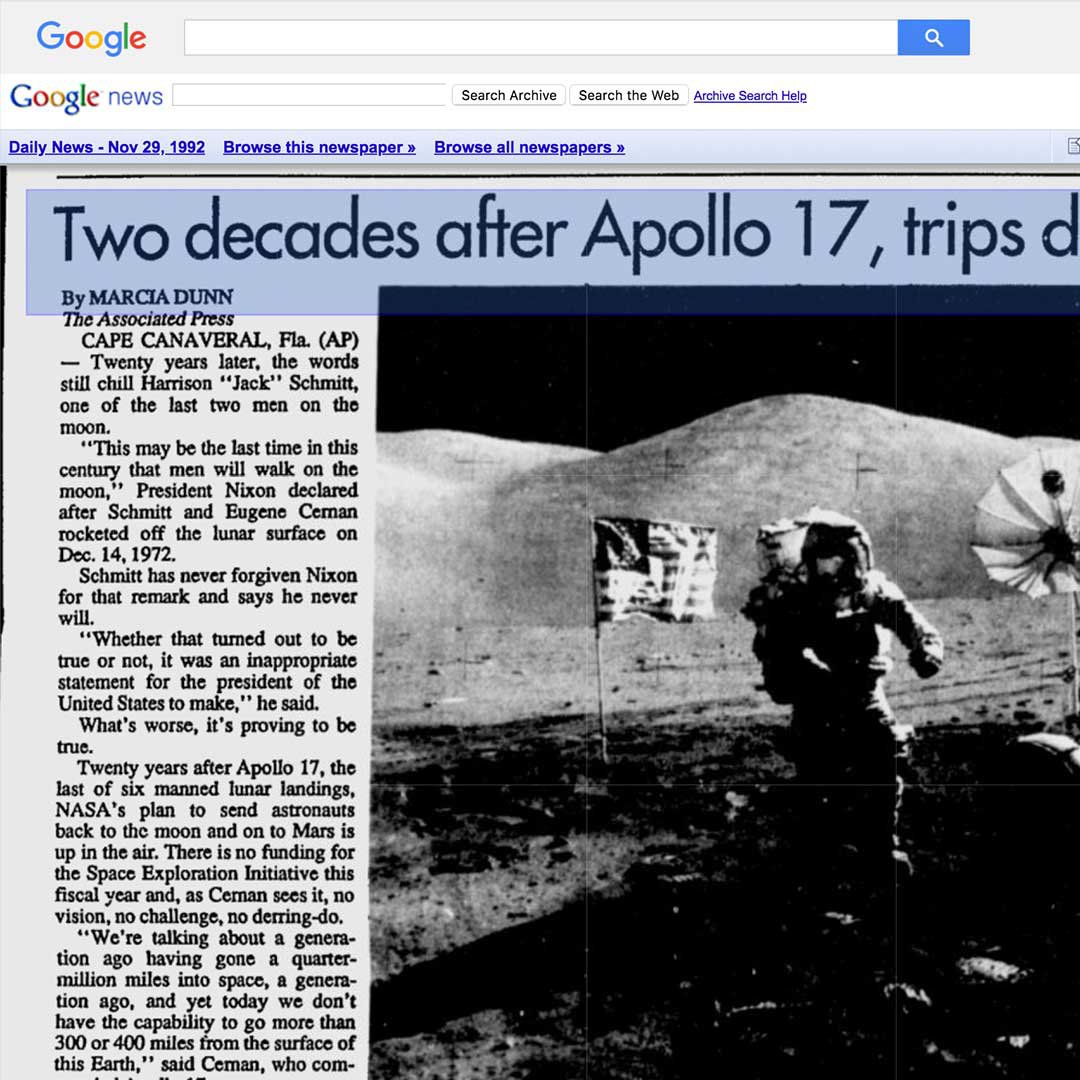The Basic Principles Of News Articles
News Articles Can Be Fun For Everyone
Table of ContentsThe Greatest Guide To News ArticlesGet This Report about News ArticlesSee This Report about News ArticlesNot known Facts About News ArticlesGetting The News Articles To Work
Excellent understanding of various topics provides pupils a competitive side over their peers. Despite the fact that electronic and social networks are conveniently accessible, we need to not fail to remember just how vital it is to review the papers. Parents must attempt and inculcate the practice of reading a paper as a day-to-day regimen to continue the legacy of the adored print tool.News tales additionally contain at the very least one of the following essential attributes relative to the designated audience: distance, prominence, timeliness, human interest, anomaly, or repercussion.
Within these limitations, information tales also aim to be detailed. Among the larger and much more revered newspapers, fairness and balance is a major factor in providing details.
Newspapers with a global audience, for example, often tend to use an extra official style of creating. News Articles.; usual design guides include the and the United States Information Style Book.
News Articles Fundamentals Explained
As a guideline, journalists will not use a lengthy word when a short one will do. Information writers attempt to stay clear of utilizing the same word much more than when in a paragraph (sometimes called an "echo" or "word mirror").
Headings sometimes omit the topic (e.g., "Jumps From Watercraft, Catches in Wheel") or verb (e.g., "Cat woman fortunate"). A subhead (likewise subhed, sub-headline, subheading, caption, deck or dek) can be either a subservient title under the primary headline, or the heading of a subsection of the short article. It is a heading that precedes the main message, or a group of paragraphs of the major message.

of a short article subject, source, or interviewee), it is referred to as a pulled quote or draw quote. Added billboards of any one of these kinds might appear later in the post (specifically on subsequent pages) to attract further analysis. Journalistic web sites often make use of animation methods to switch one billboard for an additional (e.g.
The News Articles Ideas
Such signboards are likewise used as anonymous reminders to the post in other areas of the publication or website, or as ads for the piece in various other magazine or websites. News release of the Swiss government. Regular structure with title, lead paragraph (recap in vibrant), various other paragraphs (information) and call information.

Instance of a hard-lead paragraph NASA is suggesting an additional room job. The spending plan demands approximately $10 billion for the project.
The NASA news came as the firm requested $10 billion of appropriations for the project. An "off-lead" is the 2nd essential front web page information of the day. The off-lead appears either in the leading left corner, or directly listed below the lead on the. To "hide the lead" is to begin the post with background info or details of second relevance to the visitors, forcing them to read more deeply right into a post than they should have to in order to uncover the important factors.
The Buzz on News Articles
Typical use is that a person or 2 sentences each create their own paragraph. Reporters normally define the company or framework of a news story as an upside down pyramid. The essential and most intriguing components of a tale are placed at the start, with sustaining information adhering to in order of decreasing relevance.
It permits people to discover a subject to only the deepness that their interest takes them, and without the charge of information or subtleties that they can think about unimportant, yet still making that info readily available to extra click reference interested visitors. The upside down pyramid structure additionally makes it possible for short articles to be trimmed to any kind of arbitrary length during layout, to suit the area available.
Some writers begin their stories with the "1-2-3 lead", yet there are lots of sort of lead offered. This layout usually begins with a "Five Ws" opening paragraph (as described over), complied with by an indirect quote that serves to sustain a significant component of the very first paragraph, and afterwards a direct quote to sustain the indirect quote. [] A twist can describe numerous things: The last tale in the information program; a "pleased" tale to end the show.
Longer write-ups, such as magazine cover articles and the pieces that lead the inside sections of a newspaper, are called. Feature tales vary from straight information in a number of means. Foremost is the absence of a straight-news lead, the majority of the moment. Instead of supplying the essence of a story up front, feature writers might attempt to lure viewers in.
The Only Guide for News Articles
The journalist commonly details interactions with meeting subjects, making the piece much more personal. An attribute's initial paragraphs frequently associate a fascinating moment or occasion, as why not check here in an "anecdotal lead". From the details of a person or episode, its sight rapidly expands to generalizations regarding the tale's subject. The section that signals what a feature has to do with is called the or billboard.

The Editor's Tool kit: A Referral Guide for Beginners and Professionals (2001) Allan M. Siegal and William G. Connolly. The New York City Times Handbook of Style and Usage: The Official Style Overview Utilized by the Writers and Editors of the Globe's Most Authoritative Paper (2002) M. L. Stein, Susan Paterno, and R.